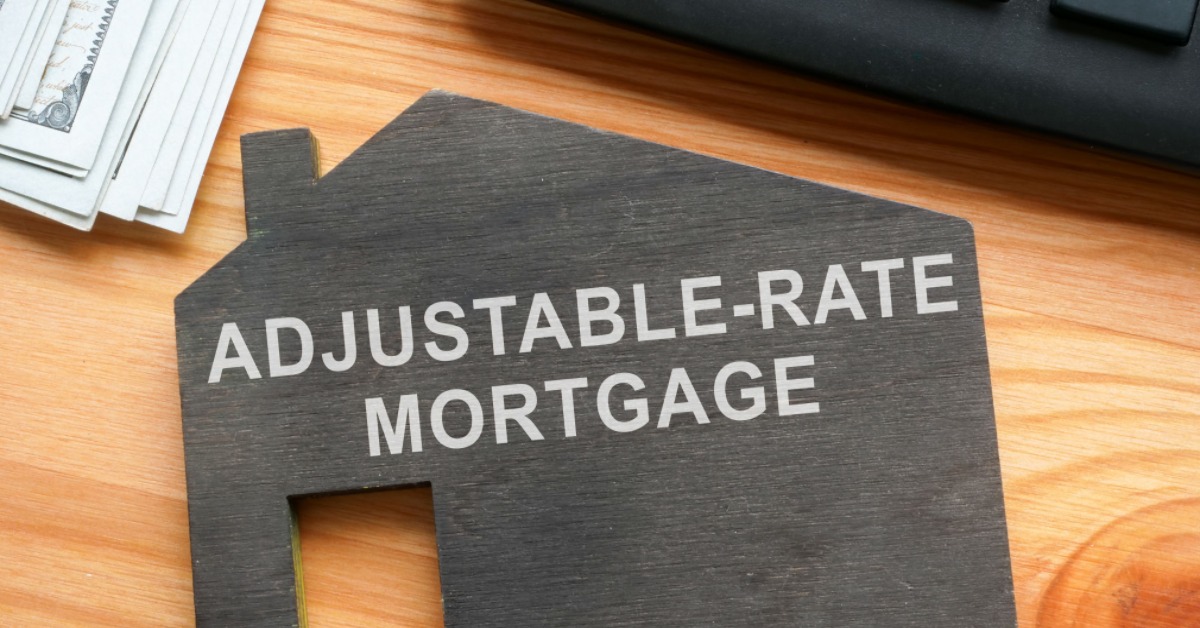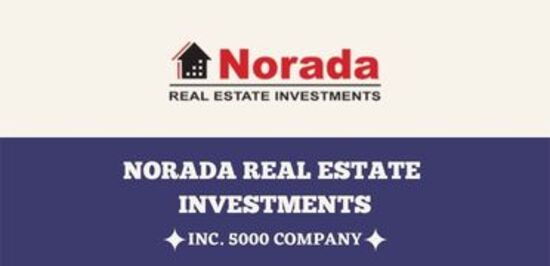Alright, let's dive into the mortgage market. As of today, August 5, 2025, the national average 5-year Adjustable Rate Mortgage (ARM) has risen by 3 basis points, climbing from 7.11% to 7.14%. Now, before you panic or celebrate, let's unpack what this means for you and whether a 5-year ARM is even the right tool for your financial toolbox.
Imagine trying to decide what dessert to order. Do you go for the reliable chocolate cake (a fixed-rate mortgage) or the more adventurous crème brûlée (an ARM)? Both are tasty, but one might be a better fit depending on your mood and appetite. Mortgage rates are similar – it's all about finding the right “flavor” for your financial situation.
Mortgage Rates Today: 5-Year ARM Rises by 3 basis points – August 5, 2025
Understanding Today's Mortgage Rate Environment
First, let's take a look at where rates stand overall. Here's a snapshot of some key mortgage rates as of this morning:
- 30-Year Fixed Rate: 6.66% (down 1 basis point from yesterday, down 16 basis points from last week)
- 15-Year Fixed Rate: 5.73% (unchanged from yesterday, down 15 basis points from last week)
- 5-Year ARM: 7.14% (up 3 basis points from yesterday, down 40 basis points from last week)
So, while the 5-year ARM did see a slight bump today, it's important to note that week-over-week, it's actually lower than it was. The 30-year fixed, the workhorse of the mortgage world, also dipped, and the 15-year hangs tight.
Why the ARM Increase? A Quick Look at the Bigger Picture
Interest rates, especially adjustable ones, rarely move in isolation. The slight increase in the 5-year ARM rate today likely reflects ongoing uncertainty in the broader economic environment as well as the Federal Reserve decisions which lead to rate changes. Let's refresh ourselves on the Federal Reserve's stance.
The Federal Reserve's Role in Mortgage Rates
The Federal Reserve (also known as The Fed) is like the conductor of the economic orchestra, and the federal funds rate is its baton. When the Fed raises rates, it generally becomes more expensive to borrow money, and mortgage rates tend to follow suit. Conversely, when the Fed lowers rates, borrowing becomes cheaper.
To quickly summarize the Fed’s activity:
- 2021-2023: The Fed aggressively raised the federal funds rate to combat rising inflation. In turn, this drove mortgage rates up significantly.
- Late 2024: We saw the effects taking place and in turn, the FED cut rates three times in late 2024 by one percentage point which in turn reduced the federal funds rate to 4.25%-4.5%.
- 2025: After holding rates steady for five consecutive meetings in 2025, the Fed hasn’t made any change. Currently, economic headwinds are making the entire decision more difficult.
The Fed and 2025 Monetary Decisions
Here is what is expected regarding the Fed and monetary decisions:
| Sept 16-17 Meeting | Next critical juncture |
| December Meeting | Likely the FED’s last opportunity |
| Long-term Outlook | Ease gradually, rates settling near 2.25%-2.5% by 2027 |
The Fed has now held rates steady for five consecutive meetings in 2025 (through July 30), despite growing economic headwinds. The July 30 decision saw a 9-2 vote, with dissents from Governors Bowman and Waller advocating for immediate cuts to address slowing growth. So what does this mean for mortgage rates?
- 30-year fixed rates have hovered near 6.8% through mid-2025, with modest declines expected later this year if cuts materialize.
- The Fed’s projected two cuts in 2025 (per June “dot plot”) could eventually pull mortgage rates toward 6% by year-end, though timing remains uncertain.
Breaking Down the 5-Year ARM: How it Works
A 5-year ARM, in essence, is a hybrid mortgage. Here's how it rolls:
- The Fixed-Rate Period: For the first five years, your interest rate stays the same, just like a fixed-rate mortgage. This is the “honeymoon” period.
- The Adjustment Period: After those five years, your interest rate adjusts annually based on a specific index (like the Secured Overnight Financing Rate or SOFR, which has replaced the LIBOR) plus a margin. The margin is the lender's profit, and it stays fixed for the life of the loan.
- Rate Caps: ARMs typically have caps on how much the interest rate can adjust at each adjustment period and over the life of the loan. These caps protect you from runaway rate increases.
Is a 5-Year ARM Right for You? Key Considerations
Now, for the million-dollar question: should you consider a 5-year ARM? Honestly, it depends, and here's what I would think about if I were in your shoes:
- How Long Will You Stay? This is the BIGGEST factor. If you plan to move or refinance within the next five years, a 5-year ARM could be a smart move. You'll likely benefit from a lower initial rate compared to a fixed-rate mortgage.
- Risk Tolerance: Are you comfortable with the possibility of your interest rate increasing? If you're risk-averse, a fixed-rate mortgage may offer more peace of mind.
- Financial Stability: Can you afford potential rate increases? It's crucial to factor in how much your monthly payments could rise if the interest rate adjusts upwards. Run the numbers and have a contingency plan.
- The Future Interest Rate Outlook: While predicting interest rates is a fool’s errand, it's wise to consider the general economic climate and expectations for future rate movements. Are economists forecasting lower rates in the coming years? If so, an ARM might be more attractive.
The Benefits of an ARM:
- An ARM loan could benefit you if you think interest rates will go down
- An ARM is also advantageous to you if you believe you'll move before the term is up.
- ARMs are also good because they have lower initial rates than fixed-rate mortgages.
The Downsides of an ARM:
- If intereest rates are volatile, that can cause expenses to be unpredictable.
- If the rates increase, that can cause you to struggle to pay it back.
- More complicated terms mean you may have to spend more time learning about them.
Recommended Read:
5-Year Adjustable Rate Mortgage Update for August 4, 2025
Fixed vs. Adjustable Rate Mortgage in 2025: Which is Best for You
Understanding Those Numbers: A Deeper Dive Into the Data
Let's circle back to today's rates and compare them across different loan types:
| PROGRAM | RATE | 1W CHANGE | APR | 1W CHANGE |
|---|---|---|---|---|
| 30-Year Fixed Rate | 6.66 % | down0.16 % | 7.11 % | down0.17 % |
| 20-Year Fixed Rate | 6.41 % | down0.05 % | 6.80 % | down0.13 % |
| 15-Year Fixed Rate | 5.73 % | down0.15 % | 6.02 % | down0.15 % |
| 10-Year Fixed Rate | 5.48 % | down0.26 % | 5.84 % | down0.28 % |
| 7-year ARM | 7.08 % | down0.14 % | 7.59 % | down0.29 % |
| 5-year ARM | 7.14 % | down0.40 % | 7.74 % | down0.17 % |
A few takeaways from this table:
- the 5 year ARM increased today, it is trending down for the week.
- The 30-year fixed rate remains the most popular choice, offering stability and predictability. The rates decreased from 6.82% to 6.66%.
- The 15-year fixed rate is at a quite attractive rate, but requires bigger monthly payments.
- The 5 year ARM has the highest rate of all.
Things to Consider Before You Move Forward
Before you jump into any mortgage decision, I highly recommend talking to a qualified mortgage professional. They can assess your individual financial situation, answer your questions, and help you determine the best loan option for your needs.
Beyond interest rates, consider these factors:
- Loan Fees and Closing Costs: Shop around and compare fees from different lenders.
- Prepayment Penalties: Are there any penalties for paying off your mortgage early?
- Long-Term Financial Goals: How does this mortgage fit into your overall financial plan?
Final Thoughts
Mortgage rates are a moving target, influenced by a complex interplay of economic factors. The slight increase in today’s 5-year ARM rate is a reminder of the dynamic nature of the market.
My personal take? Don't get too caught up in the daily fluctuations. Focus on your long-term financial goals and choose a mortgage that aligns with your comfort level and risk tolerance. Whether it's a fixed-rate, an ARM, or something else entirely, the right mortgage should help you achieve your homeownership dreams without causing unnecessary stress.
Remember to use your best judgement and happy house hunting!
Capitalize on ARM Rates Before They Rise Even Higher
With fluctuating adjustable-rate mortgages (ARMs), savvy investors are exploring flexible financing options to maximize returns.
Norada offers a curated selection of ready-to-rent properties in top markets, helping you capitalize on current mortgage trends and build long-term wealth.
HOT NEW LISTINGS JUST ADDED!
Connect with an investment counselor today (No Obligation):
(800) 611-3060
Also Read:
- Will Mortgage Rates Go Down in 2025: Morgan Stanley's Forecast
- Expect High Mortgage Rates Until 2026: Fannie Mae's 2-Year Forecast
- Mortgage Rate Predictions 2025 from 4 Leading Housing Experts
- Mortgage Rates Forecast for the Next 3 Years: 2025 to 2027
- Will Mortgage Rates Ever Be 3% Again in the Future?
- Mortgage Rates Predictions for Next 2 Years
- Mortgage Rate Predictions for Next 5 Years
- Mortgage Rate Predictions: Why 2% and 3% Rates are Out of Reach
- How Lower Mortgage Rates Can Save You Thousands?
- How to Get a Low Mortgage Interest Rate?
- Will Mortgage Rates Ever Be 4% Again?



